A spokesperson for the United Nations mission in Central African Republic said that its operation to prevent a militia from moving towards the capital Bangui is ongoing, days after French fighter jets conducted a show of force over the northern town of Kaga Bandoro.
At a weekly press conference on Wednesday, May 16, Minusca Force spokesperson Major Séraphin Embondza said that peacekeepers are on standby in all their areas of deployment, in order to provide assistance to the population, a Minusca release said.
“Together with the authorities, Minusca continues to pacify and reassure,” Embondza said, adding that the “operation to secure the Kaga Bandoro-Dékoa-Sibut axis to prevent any movement of the FPRC to the south” was continuing.
 Members of the FPRC – the Popular Front for the Rebirth of Central Africa – have been regrouping in several towns in northeastern CAR since April 13, notably in Kaga Bandoro, around 350 km (217 miles) north of the capital, as well as in Ndélé, further northeast.
Members of the FPRC – the Popular Front for the Rebirth of Central Africa – have been regrouping in several towns in northeastern CAR since April 13, notably in Kaga Bandoro, around 350 km (217 miles) north of the capital, as well as in Ndélé, further northeast.
The ex-Seleka group threatened to march on Bangui after Minusca and Central African forces launched Operation Sukula in the capital. The “disarmament and arrest” action targets armed “self-defense” groups comprised mainly of ex-Seleka fighters in the mainly Muslim PK5 neighborhood. The U.N. considers the groups criminal.
Between April 8 and 11, dozens of people including a U.N. peacekeeper were killed and more than 100 were wounded in clashes in Bangui during Operation Sukula. Violence in the capital has since spiralled and spread, peaking on May 1, when at least 24 people were killed and around 170 were wounded in clashes in Bangui.
Members of other ex-Seleka groups – the Patriotic Movement for the Central African Republic (MPC) and the Union for Peace in the Central African Republic (UPC) – have also begun regrouping in the country’s northeast. FPRC spokesperson Aboubakar Sidik Ali said on April 25 that discussions with other ex-Seleka factions were ongoing and that the option to move on the capital remains “on the agenda.
Minusca has said it will ‘neutralize’ any FPRC attempt to move south to “eliminate any risk of destabilization of the country’s democratic institutions,” reaffirming that it will use all the means at its disposal, including force, to protect and defend the “constitutional order.”
Since late April, Burundian U.N. peacekeepers have enforced a vehicle checkpoint in Ndomete, around 10 km from Kaga Bandoro, preventing armed groups from moving south towards Dekoa and on to Sibut, a possible staging point for a move on Bangui.
On April 23, a Minusca patrol intercepted a pickup truck in Kaga Bandoro. They arrested two people and seized a rifle and 148 rounds of ammunition. On May 4, Minusca deployed an Mi-35 attack helicopter in an operation to defeat what it said was an FPRC “infiltration” attempt near Dekoa. One person was arrested and AK-47 rifles, a large quantity of ammunition, rockets, uniforms and radios were seized.
French Mirage 2000 jets conduct show of force
On Sunday, two French Mirage 2000-D fighter jets conducted a show of force, flying very low and at high speed over Kaga Bandoro, a maneuver intended to intimidate militants on the ground.
French armed forces spokesperson Colonel Patrik Steiger said the “support was requested by Minusca to reinforce the deterrent effect of its plan,” Ouest France reported.
The U.N. mission said the show of force was an important message, reaffirming that “France supports the legitimate Central African authorities, that France is working in support of Minusca and that any threat from the FPRC or another armed group will be countered.”
“The last message is addressed to the FPRC regarding its plan to go to Bangui and that will not work,” Minusca spokesperson Vladimir Monteiro said. “Same message for all other armed groups.”
Monteiro said that “France’s support for Minusca is provided for in resolution 2387.”
The Minusca release pointed to paragraph 65 of that resolution, which “Authorises French armed forces, within the provisions of their existing bilateral agreement with the CAR and the limits of their capacities and areas of deployment, at the request of the Secretary‑General, to use all the means to provide operational support to elements of MINUSCA when under serious threat…”
In a Monday statement, the French foreign ministry said it was “concerned about the continuing violence and destabilizing activities perpetrated by armed groups in Bangui and the rest of the country,” calling the groups to disarm and “commit themselves without delay and without conditions to the peace process.”
The statement reiterated French support for the Central African authorities, and encouraged Minusca to “continue the robust implementation of its mandate, in particular to oppose any infiltration by armed groups into the capital.”
According to Ouest France, around 50 French military personnel are deployed in the Central African Republic. Their equipment includes tactical UAVs. France also has fighter jets in the region, including in N’djamena in neighboring Chad.
President Faustin Archange Touadera’s weak government controls around a fifth of the Central African Republic and relies heavily on Minusca for support. The rest is controlled by at least 14 different militia groups – anti-Balaka in the southwest and ex-Seleka in the northeast – who often fight each other for control of revenue from extortion, roadblocks or mineral resources.
On April 23, Touadera said he wants to “accelerate” the disarmament of members of armed groups. He also called for more peacekeepers to be deployed, and for the U.N.’s Minusca mission to transition from peacekeeping to peace enforcement.
Central African Republic: UN ‘restores control’ of Bambari, after 8 people killed



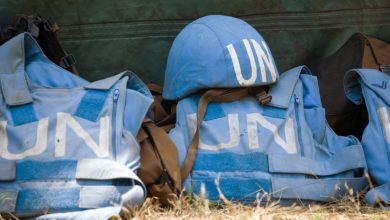
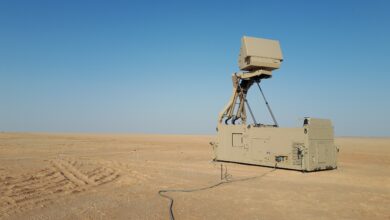
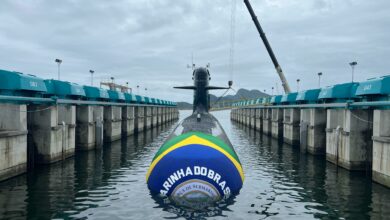
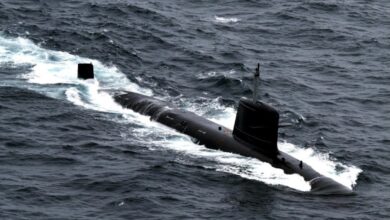
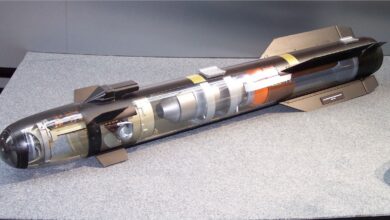
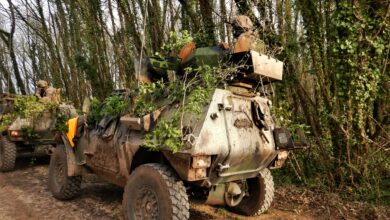
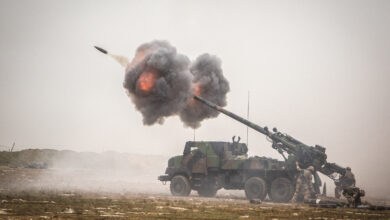
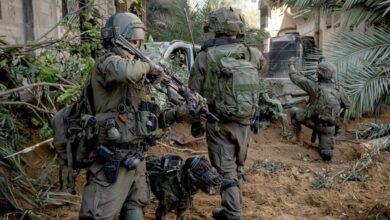
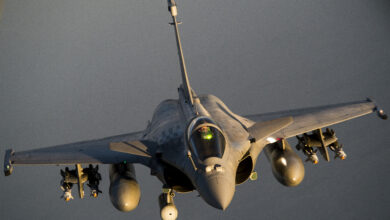
2 Comments